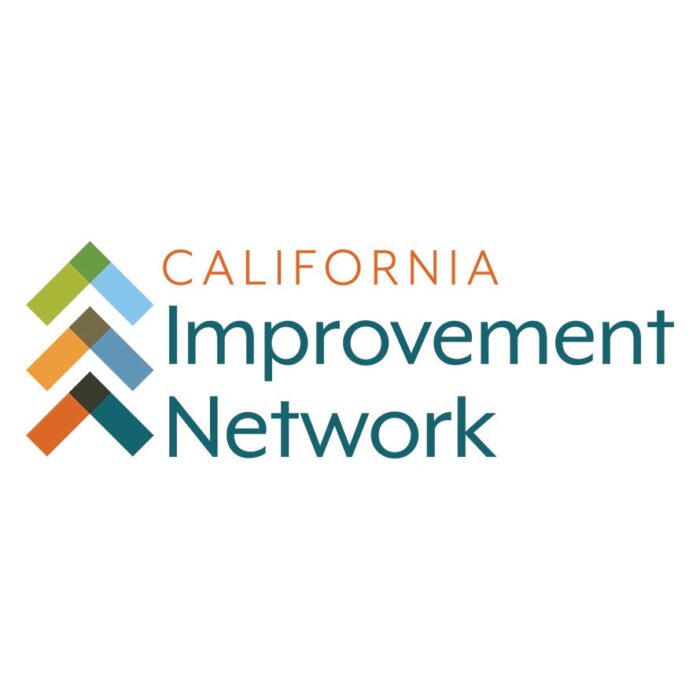
Succession planning is an often-neglected undertaking. It can be challenging to prioritize this essential task when teams are consumed with day-to-day operations. Some leaders struggle to face the possibility of a transition and delay thinking about the inevitable. Similarly, others may not want to dig into what a leadership transition might mean for the organization, or to them personally. Change is hard. Ambiguity and uncertainty can be scary. Yet, developing a succession plan is vital to an organization’s resiliency and continued ability to provide services and advance its mission.
Ralph Silber, former CEO at the Alameda Health Consortium and the Community Health Center Network (CHCN), transitioned out of his leadership role after more than 35 years in July 2022. In a recent webinar hosted by the California Improvement Network (CIN), Silber encouraged leaders to initiate, and even embrace, the process of succession planning. He shared perspectives from his experience along with three phases for a successful executive leader transition.
“The day you get the job as a senior leader, part of your job is succession planning.”
–Ralph Silber
Phase 1: Prepare yourself, not just your organization, for the transition
The foundational step for succession planning is reflective. Silber emphasizes the need for the outgoing executive to think about their personal readiness for the transition in addition to organizational readiness. In many ways, this is the most important phase as it lays the groundwork for the immense change that the organization will undertake.
As leaders begin to develop a succession plan, Silber recommends deep reflection and to consider the following questions:
- Am I emotionally ready to leave this position?
- What are the financial implications of this move?
- What will happen to the professional and social connections that I’ve developed in this role?
Paired with this step is the development of an emergency succession plan. This ensures ongoing operations when there are sudden and unexpected departures, and it is a great tool for easing an organization into a permanent transition. It encourages teams to acknowledge that change will happen and creates a steppingstone. An emergency plan prompts the organization to think about the possibility of a new leader being in place, the implications of such a change, and how to make the transition seamless. It also creates leadership development opportunities for other senior staff to take on the role and learn the ins and outs of executive leadership while the previous leader is still serving.
Phase 2: Stay involved in the search and selection of the new executive
It is crucial for organizations to be thoughtful about who will contribute to the search and selection of a new executive. Silber advises discussing and making these decisions early in the process. Typically, the involved players will be the senior leadership team and the board, though the outgoing CEO and key external stakeholders may also be included. Deciding on how each stakeholder will be involved and who is responsible for making the final decision is also essential. This helps with clarity, buy-in, and establishment of infrastructure to ensure a smooth process.
A common pitfall when searching for and selecting a new executive is relying too much on the search firm. Often, the board will spend time identifying and hiring a search firm but then make the mistake of stepping back from the process. Silber emphasized the importance of a robust partnership between the board and the search firm.
A common pitfall when searching for and selecting a new executive is relying too much on the search firm.
Silber also urges organizations to reimagine what executive leadership could look like. Start with asking key players of the transition to outline the desired qualities of a new executive. The team should think critically about advancing diversity, equity, and inclusion (DEI) initiatives. Silber warns that DEI work that takes place after a new executive is already in place is not a good place to start because, in reality, this should be an ongoing commitment for organizations. Recruiting diverse candidates and subsequently, ensuring that the chosen candidate is committed to advancing equity in their own work should be a part of the selection process.
Silber encourages organizations to focus on the experience and expertise that each candidate brings to the position and how well those align with essential qualities for the role that have already been identified. Charismatic candidates are compelling, but ensuring the organization gets what it needs in terms of skills and experiences matters more.
Phase 3: Plan for onboarding and ongoing support of the new executive
The third phase of succession planning is thinking beyond just appointing the new executive to setting up the new leader for success. Silber recommends developing a support plan prior to onboarding the new leader. Potential sources of support for the new leader are the outgoing executive, the senior team, the board, an executive coach, a peer support group, and key external partners.
Silber suggests that the sources of support think about what potential role they can play in this process as they each have distinct priorities and expectations for the new executive. Involving a broader array of individuals in this process, early on, will ensure that the transition will be smoother for the new leader. Leadership transitions can be an emotionally charged process, but regular communication and transparency and robust support of the new leader can ease some of those tensions.
Leadership transitions can be an emotionally charged process, but regular communication and transparency and robust support of the new leader can ease some of those tensions.
Silber emphasizes the importance of transparency throughout the succession planning process and encourages organizations to think about succession planning as a normal part of organizational growth and resiliency. While traditional practice is to shroud these conversations in secrecy, the overall health of the organization and its remaining team members suffer in that atmosphere. Silber urges organizations, even those that are not imminently planning for an executive transition, to think critically about what they can do, right now, to prepare for this eventuality. A successful transition is usually an indicator of a strong and resilient organization, and it is imperative to prioritize this essential work.
Learn more about the California Improvement Network, a project of the California Health Care Foundation that is managed by Healthforce Center at UCSF, and sign up for the CIN newsletter.




